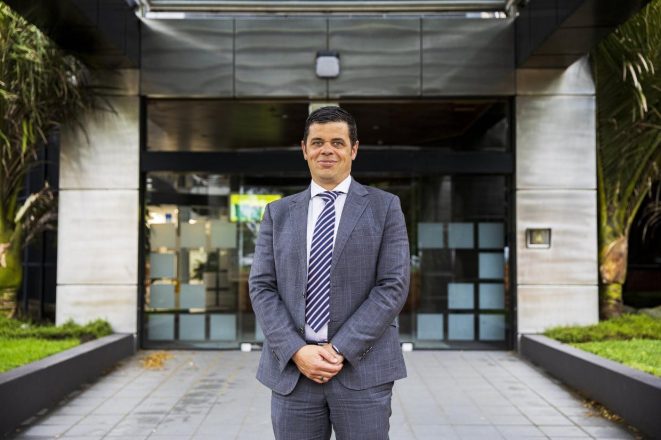Ibinahagi ng pinuno ng New Plymouth District Council, si Gareth Green, ang pagtitipid mula sa isang taong-taong pag-aayos ng kawani. Sa una, nilalayon ng konseho na makatipid ng $20 milyon bawat taon, ngunit ngayon inaasahan nilang makatipid ng $10 milyon.
Mula nang magsimula ang pag-aayos, binawasan nila ang mga posisyon ng kawani mula 750 hanggang 677, na nagbawas ng $7 milyon mula sa badyet. Isang kabuuang 209 permanenteng posisyon ang tinanggal, na humantong sa 66 pagkawala ng trabaho at gastos sa pagkawala ng humigit-kumulang $1.89 milyon sa loob ng dalawang taon.
Sinabi ni Green na may mas maraming pagtitipid sa gastos habang nakatuon sila sa pagpapabuti ng mga operasyon, kabilang ang pagbawas ng mga gastos sa paglilisensya Nabanggit niya ang mga pagtipid na ito ay nakatulong na mabawasan ang average na pagtaas ng mga rate mula higit sa 17% hanggang 11.5%.
Ang layunin ng pagsusuri na ito ay upang magbigay ng mas mahusay na serbisyo para sa mga residente at matiyak ang konseho ay may tamang mapagkukunan at kasanayan. Nararamdaman ng Green na ang samahan ay mas mahusay na nilagyan upang makamit ang mga layunin nito.
Nang inihayag niya ang muling pag-aayos, itinuro niya na ang bilang ng mga tauhan ay lumaki nang malaki sa huling dalawang taon. Sa una, inaasahan niya ang $20 milyon sa pagtitipid, ngunit kalaunan ay naayos ito sa $10 milyon.
Kasama sa Pangmatagalang Plano ng Konseho ang isang pangako na makatipid ng $100 milyon sa loob ng sampung taon. Pinuri ni Green ang mga tauhan para sa kanilang propesyonalismo sa mahirap na panahong ito para sa kanila at sa kanilang pamilya. Ang pangkat ng pamumuno ng ehekutibo ay nagbago nang malaki, na may Jacqueline Baker lamang na nananatili sa isang bagong papel bilang pangkalahatang tagapamahala ng pagbabago ng korporasyon





























































